I'd been working as a freelance writer for five years when I got pregnant with my son. I knew I'd take maternity leave when he was born and that the terms would be entirely mine to set. Having that kind of flexibility was freeing (I could take as much time as I needed and ease back in as slowly as I wanted!) but it also came with a ton of questions: How much time should I take? And what would I do about money?
When it comes to figuring out any kind of extended time off as a self-employed person, "it's literally a case-by-case basis and is unique to each individual," explains Linzay Davis, founder of The Park, a parental leave consulting firm based in San Diego, California. Things like the industry you work in, whether you're partnered and your state's parental leave policies all factor in.
That said, there are some tips and tricks that apply no matter your situation. Here's what every self-employed person should consider while preparing to take parental leave.
What are your rights to a paid parental leave if you're self-employed?
Unfortunately, the Family Medical and Leave Act (FMLA), which guarantees protected unpaid leave for certain employees at the federal level, doesn't apply to self-employed people.[1] That means you have no legal rights for paid parental leave unless you live in one of the 13 states with a paid leave policy.
Right now, California, Colorado, Connecticut, Massachusetts, New Jersey, New York, Oregon, Rhode Island, Washington, and Washington D.C. offer paid family leave programs.[2] (Delaware, Maine, Maryland and Minnesota's benefits start in 2026.) Some other states also have disability leave that you can use after childbirth. The majority are tax-based systems whereby an employee pays in via their payroll taxes and then receives a percentage of their income when they take leave.
Read Next
As a self-employed person, you can participate, too, if you so choose. The gist is that you pay a percentage of your income or profits in order to qualify for the program, explains Tom Spiggle, an employment lawyer located near Washington D.C. and author of You're Pregnant? You're Fired!.
How you do that depends on how your business is set up. If your business is incorporated, meaning you pay yourself through your business and receive a W2, you can set it up so your payments are automatically taken out with your other payroll taxes, Spiggle says. If you’re a sole proprietor, meaning you pay taxes out of pocket and don’t receive a W2, you may be able to opt into your state’s program by paying an additional tax.
How much you’ll pay in and what you’ll get back depends on the details of your state’s program. To participate in New York’s paid family leave program, for instance, you’d pay 0.455% of your annual income to receive 67% of your average weekly wage (capped at $1,151) for up to 12 weeks.
Should I take advantage of my state's paid leave program, if one is offered?
State parental leave programs sound like a great option, and for some people, they definitely can be. But it's worth looking into what you'll need to do in order to qualify for your state's program.
California requires self-employed people to pay into its paid family leave program for two years, for instance. So if you were to opt in during your pregnancy, you could still be paying in long after your parental leave has ended, Davis points out.
It's also worth doing the math on whether you'll get more money by opting into a paid leave program versus just saving the money yourself. You may end up paying more in taxes than you ultimately cash out. That's where a tax professional can come in handy.
"In almost every circumstance where someone is considering a paid leave program, I'll suggest someone talk to an accountant," Davis says. "They can help you crunch the numbers to see if it makes sense for you."
How long of a parental leave should I take when I'm self-employed?
You get to call the shots here. Since you don't have a boss or HR to answer to, self-employed people can take as much (or as little) time off as they want after having a baby. Some go for the longest break possible. Others can't afford to take much time at all. A few might feel the itch to go back to work pretty quickly.
I planned to take 12 weeks off after my son was born, just because that's what I thought “everyone” did. But I ended up taking on a couple projects halfway through that 12-week period, mostly because I was getting antsy and wanted something non-baby to think about. I didn't have child care lined up at that point, though, and working as a freelance writer while caring for a baby proved a lot harder than I expected.
Can you sign up for short-term disability insurance if you're self-employed?
Short-term disability insurance is a form of insurance that pays you a percentage of your income when you're unable to work because of an injury or illness, including after giving birth. Some state paid leave programs operate as a form of short-term disability insurance. But if that’s not the case where you live, the next option is buying disability insurance from a private insurer.
The problem? It’s typically only available for employees of large corporations. "Insurance is all about risk," explains Noor Ali, M.D., M.P.H., a healthcare advisor based in Tampa, Florida. "When you have a corporation with lots of people opting in and paying those premiums, only then are insurance companies profitable enough to benefit. In the individual market, the risk isn't diluted enough to offer short-term disability insurance. It's next to impossible to purchase for self-employed people."
A few exceptions: You may be able to access disability insurance if you join a professional employer organization (or PEO) that gives members the option to buy into insurance benefits, Spiggle says. (JustWorks and QuestCo are two to look into.). You may also qualify for short-term disability insurance if your partner works for a large employer and you're covered under their insurance plan, adds Ali.
How to prepare for parental leave if you're self-employed
When I asked a couple of fellow self-employed moms the advice they'd share with parents-to-be, here's what they recommended:
Make a plan, but be flexible
Outline what you'd like your leave to be like, including how much time off you'll take, how you'll get back to work and how clients will be managed in the interim. Then acknowledge that things might shift once your baby is actually born.
"I'm self employed, and this is my second baby" says What to Expect Community member aly2021. "For my first, I went back to working relatively quickly. I'm not doing that to myself again. I'm going to take at least eight weeks off to enjoy my baby and recover."
Be up front with your clients
Tempted to keep your leave quiet to avoid losing clients? That's completely understandable, but you're better off being transparent — people are more tolerant than you think. "I was so worried that my baby would cry while I was on the phone with customers, and she definitely did, but everyone was so kind and understanding," says What to Expect Community member mombossest21. Transparency can help prevent issues from cropping up down the road — and make for much more understanding clients.
Figure out child care
As a self-employed mom, here's my top tip: Many people who work for themselves don't create a child care plan because they think they can work when the baby naps or during other "down" time. This is so much harder than it sounds.
If you know you'll feel the pull to tackle at least a little bit of work when you're off, get some form of child care lined up. Sure, you might have the kind of baby who'll happily snooze in a lounger while you dive into a spreadsheet! But … you might not. If you plan to try to work a couple hours a week, consider having a babysitter come over. Think you want to maintain a full-time (or close to it) work schedule? You may want to invest in daycare or a nanny.
How can you save for parental leave during pregnancy?
The basic answer is: Estimate how much you'll need during your time off and figure out how much to sock away each month to build your nest egg. Try looking back at recent bank statements or a budgeting app, if you use one, to get a sense of what your monthly expenses are. Then, depending on how many weeks you want to take off, you’ll get a rough sense of how much you need to save, suggest Spiggle and Davis.
Once you have that magic number, look at how many months you have between now and your leave. Divide the total amount of savings you’ll need by that many months, and set aside the resulting amount each month.
Consider having a portion of each check you receive go straight into a designated parental leave savings account, for instance. That's what I did, and I ended up with enough to hold me over for several months. If you’re not quite sure what you need, consider meeting with an accountant. "They can help you dig into your business and see how much you need in order to be able to step away for X amount of time," Davis advises.
Starting early — as soon as you find out you're pregnant, or even before that, if you're actively trying to conceive — makes it easier. "Plan ahead as far as you can," Spiggle recommends. Keep in mind, too, that you might not necessarily need your full salary to get by, especially if you can trim your monthly expenses a little bit. (You probably won't be going out to eat or traveling as much once your newborn arrives, for instance.)
Figuring out parental leave can be more complex when you're self-employed. But with the added logistics comes more freedom to do what works best for you and your family. And when you have a baby, that kind of flexibility can be priceless.







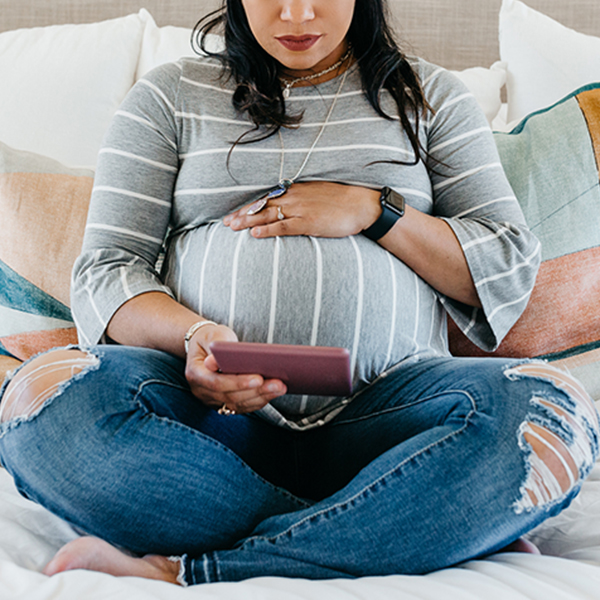


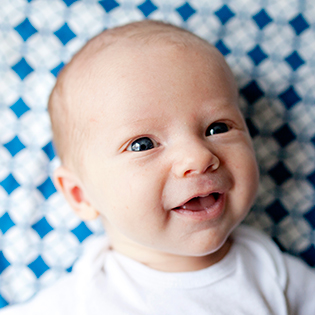

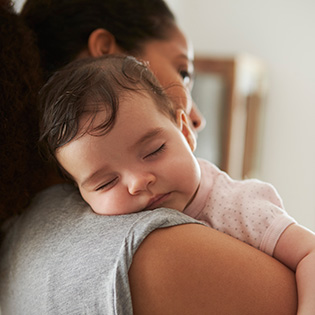



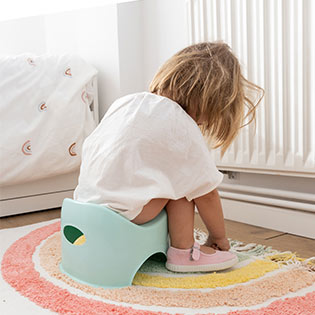
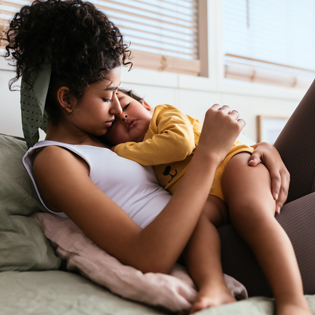

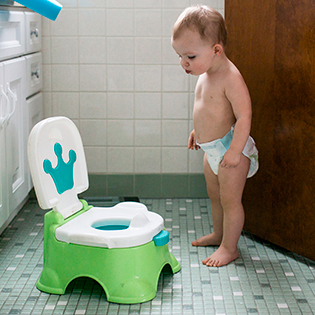



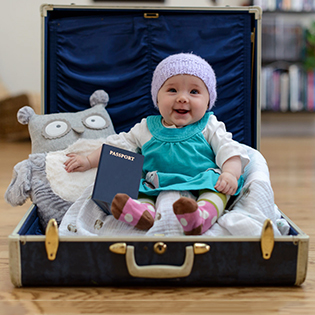
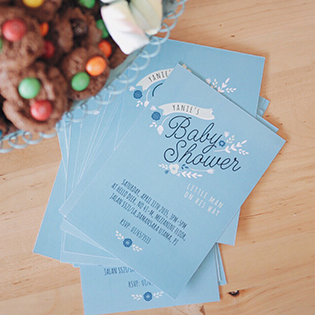





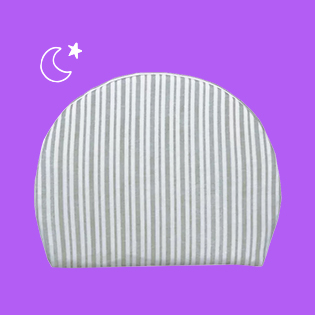
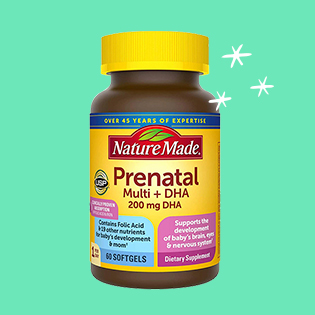
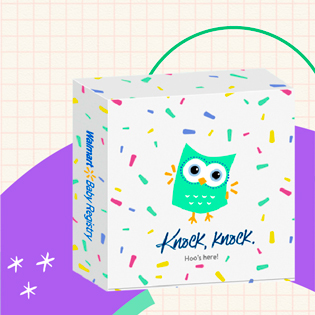

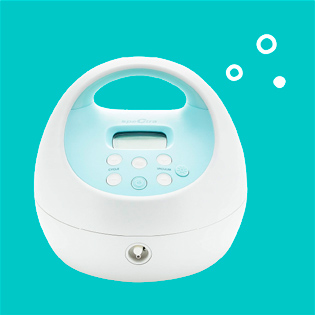











 Trending On What to Expect
Trending On What to Expect





